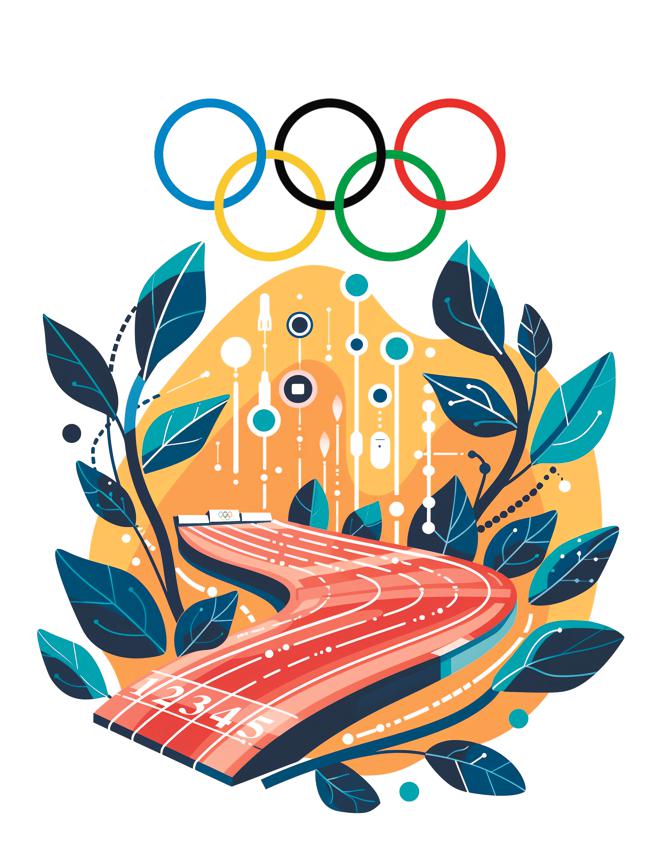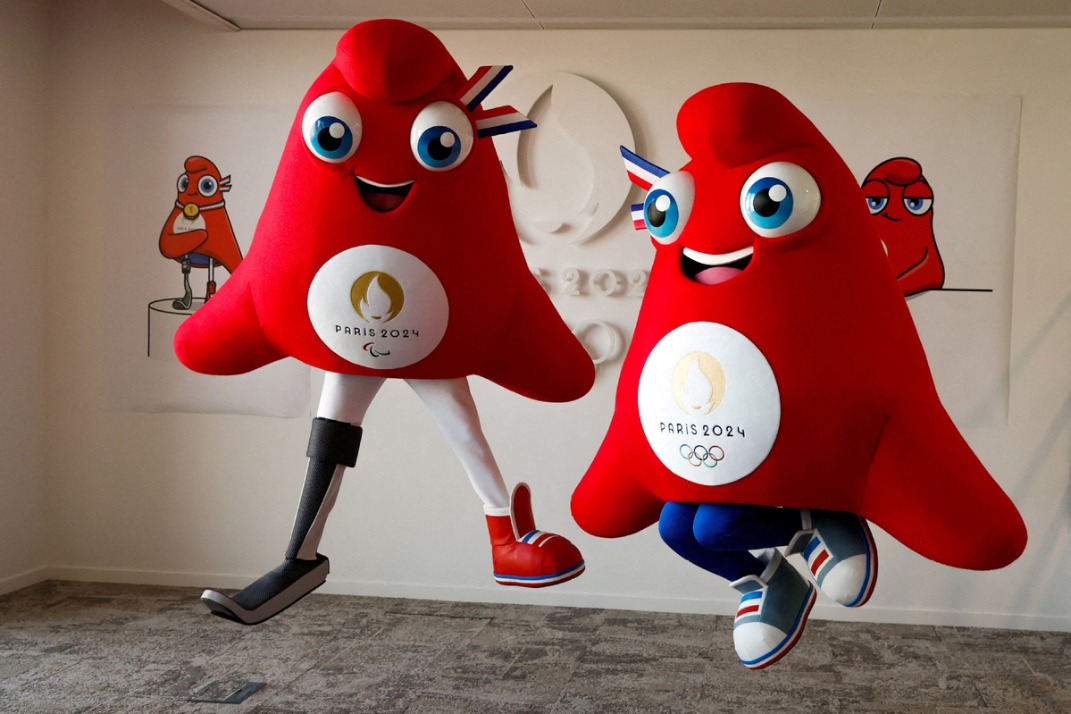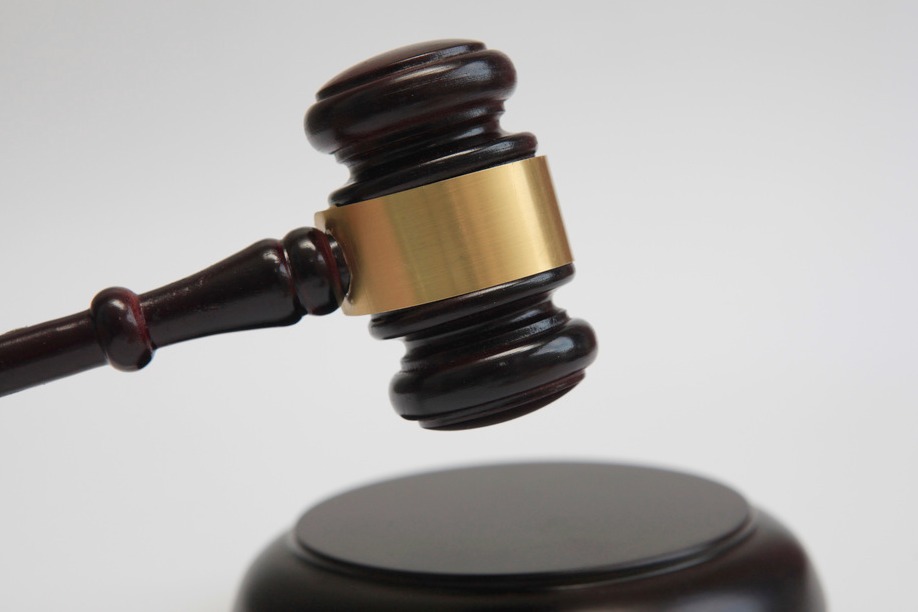Fitness campaign building healthy community


Chinese athletes have achieved historic breakthroughs in many disciplines at the Paris 2024 Olympic Games, demonstrating the benefits of a physically healthy population thanks to the policy of encouraging people to play sports or do regular physical exercise.
China held many activities to observe the 16th National Fitness Day on Aug 8, evoking an enthusiastic response from the people. The national fitness campaign and the Olympics have opened a new chapter in physical fitness. The authorities have vowed to improve the physical health of the Chinese people by building more parks or improving the existing ones and installing exercise equipment in them, in order to lay a solid foundation for building China into a strong sporting nation.
The national fitness campaign has helped improve the physical health of the Chinese people and encouraged an increasing number of people, especially youngsters, to take up sports. This in turn has improved people's everyday life and overall well-being, boosted the domestic demand for sports goods, generated employment and, most notably, produced some new sport stars.
In fact, the national fitness campaign has become a driver of economic growth. It has prompted a growing number of people, particularly youths, to participate in sports competitions, laying a strong foundation for increasing the consumption of sports goods.
By 2025, the total scale of China's sports industry will reach 5 trillion yuan ($697 billion) and total consumer spending on sports will exceed 2.8 trillion yuan, according to the General Administration of Sport of China. The fitness campaign has made physical fitness a trend thanks to people's yearning for a better life. People's pursuit of physical fitness is no longer restricted to physical consumption of sports goods but also covers spending on taking part in sports competitions including marathons.
The national fitness campaign can help integrate consumption, products and services, while encouraging people to take part in sports events, which also promotes the development of other businesses, including the culture and tourism industries.
National fitness also plays an important role in enhancing the level of human capital. During the 14th Five-Year Plan (2021-25) period, a high-level national fitness public service system has developed, which can meet people's yearning for a better, healthier life. National fitness which translates into a healthy life for all has achieved remarkable results.
Indeed, a diversified and inclusive model of national fitness can drive the development of related industries, improve economic growth in both urban and rural areas, and create more opportunities for people to improve their livelihoods.
However, the national fitness campaign faces three major challenges. First, there is an imbalance between supply and demand. Public services, the industrial system and sports activities, including competitions, are of higher quality and more diversified in developed regions and urban areas, while the amount and quality of resources are inadequate in less-developed and rural areas. The national fitness campaign has been slow in adapting to the transforming social structure and can hardly meet the demand of the elderly people, children and trendy youths.
Second, sports and social life are yet to be fully integrated. Although people's participation and emphasis are an important basis for boosting consumption of fitness products, including sports goods, people's awareness about the importance of regular exercise and physical health is still relatively low, especially in rural areas. In general, rural residents lack scientific fitness knowledge and exercise routines for teenagers are seldom cultivated, which hinders the creation of a social environment conducive to regularly monitoring people's health, and impedes the sustainable growth of the sports industry.
And third, innovation is what gives the competitive edge to businesses in the sports industry, but the current fitness services and sports events do not pay enough attention to emerging demands for products and services and the environment. If the methods of planning and organizing sports activities are similar, they cannot meet the diverse needs of the sports, tourism and cultural industries. Also, there is still a large digital divide and technical barriers in the development of smart fitness services, resulting in many facilities lying idle.
Hence, the national fitness campaign should also focus on integrating the national strategy for improving people's physical health in the new era with economic and social development. In particular, efforts should be made to implement a health-first policy, accelerate the construction of a higher-quality public service system, and improve the quality of sports events. More sports facilities and services should be introduced and maintained in less-developed areas to ensure that national fitness services are balanced and accessible to all.
The government also needs to optimize the mechanism to promote the sustainable development of the sports industry, introduce favorable policies and grant financial incentives to encourage private capital to play a bigger role in the development and operation of services. For this, the government and market need to jointly promote the national fitness campaign.
The high-quality development of fitness services is not possible without the support of the people. Hence, measures should be taken to increase public awareness about physical health and fitness, and create a supportive environment to increase participation in sports activities and boost the consumption of sports goods and services.
Also, sports activities reflecting regional culture should be held to provide a unique experience for participants and audiences. Such events can integrate sports and local culture, while expanding the influence and benefits of organizing sports activities.
The advancement of science and technology, and the transformation of the social structure have created new development opportunities for those engaged in the sports goods and services sector, as well as those participating in such events.
Therefore, the government should promote new quality productive forces in the sports industry, and intensify research and development to boost the sports and related sectors. It should also take measures to meet people's new demand and cater to the needs of a transformative market, while attaching equal importance to the elderly people and youths, and integrating the tourism and sports industries to form a new model of development.
The author is a professor at the School of Economics and Management, Shanghai University of Sport. The views don't necessarily reflect those of China Daily.
If you have a specific expertise, or would like to share your thought about our stories, then send us your writings at opinion@chinadaily.com.cn, and comment@chinadaily.com.cn.
































